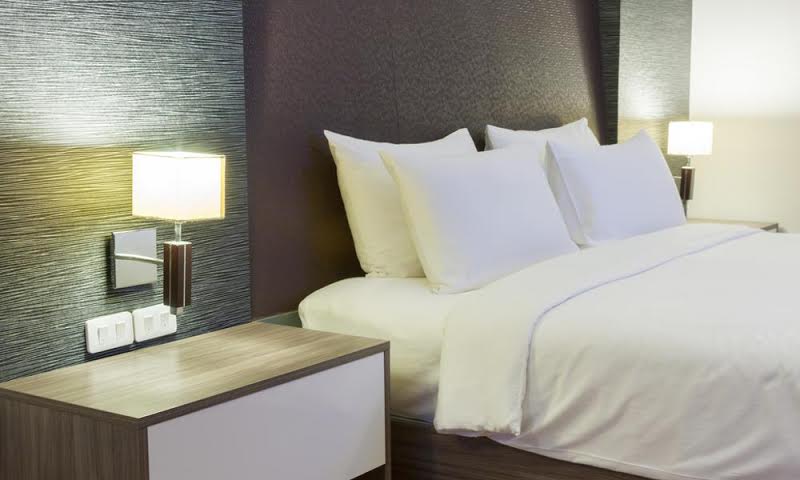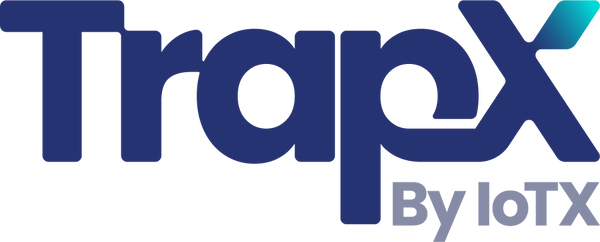How Hotels Can Use IoT for Pest Monitoring Effectively
Share
In today's digital age, the hospitality industry stands on the brink of a technological revolution. With the advent of the Internet of Things (IoT), hotels can now leverage advanced technologies to enhance their operations, particularly in the realm of pest monitoring. The question of how hotels can use IoT for pest monitoring effectively is crucial for maintaining a clean and hygienic environment for guests.

Understanding IoT in the Hotel Industry
The Internet of Things refers to the network of interconnected devices that communicate and exchange data over the internet. Within the hotel industry, IoT can be employed for various applications, such as energy management, guest personalization, and, importantly, pest control. By utilizing IoT, hotels can ensure continuous monitoring and rapid response to pest-related issues.
The Importance of Pest Monitoring in Hotels
Pests in hotels can lead to severe consequences, including negative guest reviews, decreased bookings, and potential health code violations. Thus, a robust pest monitoring system is essential. Traditional methods of pest control are often reactive rather than proactive. However, with IoT, hotels can implement a proactive approach, detecting pest activity before it becomes a significant issue.
How IoT Transforms Pest Monitoring
IoT devices, such as sensors and smart traps, can be strategically placed throughout a hotel to monitor for pests continuously. These devices can detect movement, capture pests, and send real-time alerts to hotel management. For example, a smart trap might be installed in a hotel's kitchen. If it captures a rodent, it can automatically send an alert to the pest control team, prompting immediate action.
Benefits of IoT in Pest Monitoring
The integration of IoT into pest monitoring systems offers numerous benefits. First, it provides real-time data, allowing for quick response times. Second, it enhances the efficiency of pest control efforts, as data collected can be analyzed to identify patterns and hotspots. Third, it reduces the need for manual inspections, saving time and labor costs.
Moreover, IoT-based pest monitoring aligns with sustainable practices. By reducing the reliance on chemical pesticides and focusing on targeted interventions, hotels can minimize their environmental footprint. This approach not only protects the hotel's reputation but also promotes a healthier environment for guests and staff.
Implementing IoT Solutions in Your Hotel
To implement IoT solutions effectively, hotels must first assess their specific pest control needs. This involves identifying high-risk areas, such as kitchens, laundry rooms, and storage areas. Next, hotels should select appropriate IoT devices, considering factors such as range, battery life, and compatibility with existing systems.
Training staff on the use of IoT devices is equally important. Employees should be familiar with how to interpret data and respond to alerts. Regular maintenance and updates of the IoT system are also necessary to ensure its continued effectiveness.
For more detailed insights on enforcing pest monitoring policies in hotels, you can visit this guide.
Success Stories: Hotels Using IoT for Pest Control
Several hotels have successfully integrated IoT solutions into their pest control strategies. For instance, a renowned hotel chain implemented IoT sensors across their properties, leading to a significant reduction in pest-related complaints. The data collected from these sensors allowed the hotel to optimize their pest control measures, focusing on areas that required the most attention.
Another success story involves a luxury resort that used IoT to monitor pest activity in their outdoor dining areas. By installing smart traps and sensors, the resort could maintain a pest-free environment, enhancing the dining experience for their guests.
For a deeper understanding of how hotels are using pest control technologies, you can read about the pros and cons here.
Challenges and Future Prospects
Despite the numerous advantages, implementing IoT for pest monitoring in hotels is not without challenges. Initial setup costs can be high, and there may be a learning curve associated with new technologies. Additionally, data privacy concerns must be addressed, ensuring that guest information remains secure.
Looking ahead, the future of IoT in pest monitoring is promising. As technology continues to advance, IoT devices will become more sophisticated, offering even greater accuracy and control. Furthermore, the integration of artificial intelligence with IoT could lead to predictive analytics, allowing hotels to anticipate and mitigate potential pest issues before they arise.
For more information on pest control strategies and comparisons, you can visit this comparison article.
Conclusion
In conclusion, the integration of IoT in pest monitoring presents a revolutionary opportunity for the hospitality industry. By embracing this technology, hotels can enhance their pest control efforts, ensuring a clean and safe environment for their guests. While challenges exist, the potential benefits far outweigh the drawbacks, making IoT an essential component of modern hotel management.

FAQs
How does IoT help in pest monitoring?
IoT helps in pest monitoring by providing real-time data through interconnected devices, which allows for immediate action and targeted interventions.
Are there cost implications for implementing IoT in hotels?
Yes, there are initial setup costs for implementing IoT solutions, but the long-term benefits and savings in labor and resources can outweigh these costs.
What are the privacy concerns with IoT in hotels?
Privacy concerns with IoT in hotels revolve around the security of data collected from IoT devices. It's crucial to ensure that guest information is protected and not misused.
